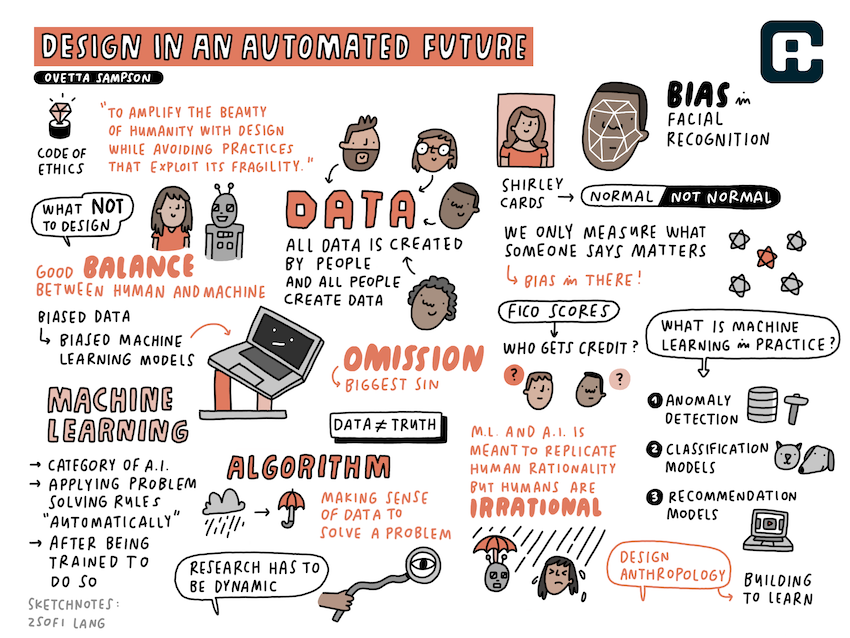Analogue vs digital graphic recording, the pros and cons to help you choose
You are an event organiser and you decided to hire a graphic recorder (or visual harvester as we say in Belgium). Excellent! But how do you decide which type of graphic recording would work best for your event? Let’s see what the options are and how you can choose the best one to make your event shine.
Digital graphic recording - when to use it?
If you are organising an online event, digital graphic recording is an ideal option, since it helps your audience focus while also offering a creative look at what they are discussing. But what if your event is in-person? Let’s see how a digital format could work for you.
PROS
A digital file is instantly available after each session
The images are ready to use on social media or your website
Next to the image files, you will also receive a time-lapse video for each drawing
Small changes are easy to implement afterwards
Works really well for when you have a lot of sessions, such as keynotes and panel debates
The images can be projected during the breaks
Doesn’t require a lot of space
CONS
There is one thing that digital GR can’t provide, and it’s that you audience cannot really follow the development of the drawing. There is a possibility to check-in occasionally with the graphic recorder but it’s usually for a few seconds, not for a longer period of time.
IDEAL FOR: Digital graphic recording is the ideal choice for online events and in-person events where your goal is to have digital summaries that are almost instantly available but you don’t have the space for a large-scale drawing.
Analogue graphic recording on a large piece of paper
You might want to go analogue if your primary focus is to show people the complete drawing process and have them literally “see the big picture” laid out with inviting colours in a large format.
PROS
The audience can follow the drawing process in real time
On a large piece of paper, it’s easier to see the BIG THEMES of the event
Works really well when you have less sessions that are longer
Looks really impressive due to it’s size (up to 1,2x3 meters)
CONS
Needs a large enough space that some venues don’t have
You have to wait for the digital files (to be delivered the next day)
No time-lapse video by default (but possible)
IDEAL FOR: Graphic recording on large paper is a great option if you want the people in the room to follow the process and if you have longer sessions.
Here is a visual chart to help your decision-making:
Visual chart to help you decide between digital and analogue graphic recording / visual harvesting
The verdict
There is no winner in this comparison because both options are excellent. You just need to figure out what kind of outcomes you would like and what would serve your audience in the best possible way.
Still not sure? Feel free to get in touch, I’d be happy to answer any questions you might have.





